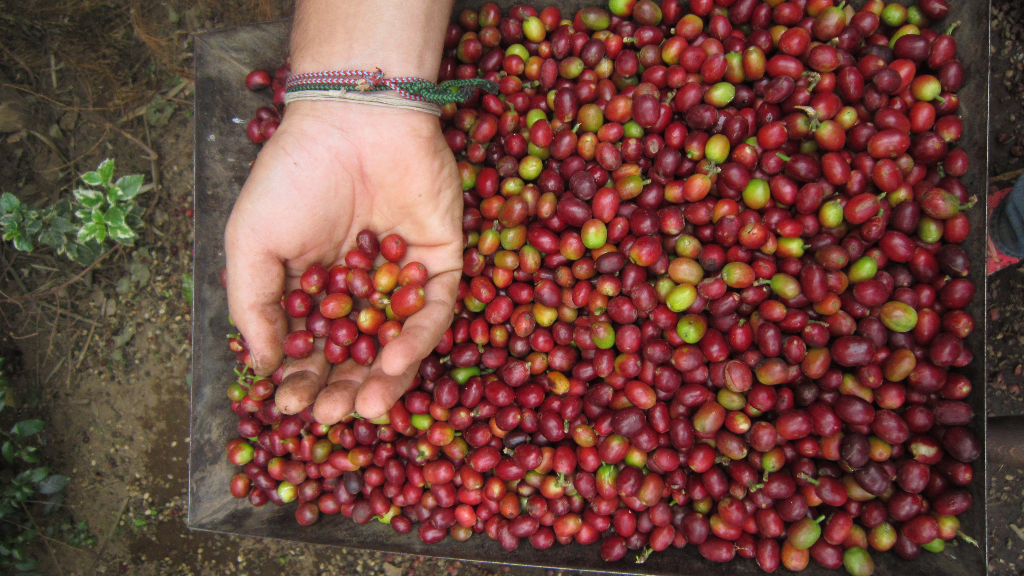High School | Daily Do
How does reduced genetic diversity impact survival and reproduction?

Biology Environmental Science Is Lesson Plan High School
Sensemaking Checklist




Lesson Snapshot
High school students as scientists investigate genetics, natural selection, and evolution to answer the following driving question: How does reduced genetic diversity impact survival and reproduction? Students analyze a graph to see that genetic diversity varies in different crops, but all populations do have some degree of genetic diversity. After analyzing genetic diversity across different species worldwide, students wonder why some populations have higher levels of genetic diversity than others and if this difference is significant. Next, students read two different articles about artificial selection and monocultures to look for patterns between the case studies. Students use this new information to discuss why scientists are concerned that both wild and cultivated arabica coffee populations have low genetic diversity. They then use what they have learned throughout this unit to explain how genetic diversity is maintained in populations and why genetic diversity is important, and they think about how they want to use this information to learn more and to help educate others. Then students return to their initial Driving Question Board to determine which questions they had can now be answered.
This is Lesson 4 of the A Future Without Coffee Playlist.
Click the Download PDF button above for the complete Lesson Plan.
Materials
Student Materials
Per Student
- NIH EV PLAY 4.1 The Genetic Diversity of Different Groups
- NIH EV PLAY 4.2 The Genetic Diversity of Arabic Coffee
- NIH EV PLAY 4.3 Artificial Selection and Monoculture Handout
- NIH EV PLAY 4.4 L4 Exit Ticket - Why would the extinction of wild coffee be a problem for cultivated coffee?
Teacher Materials


